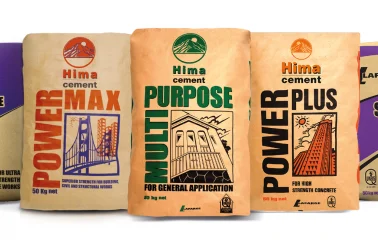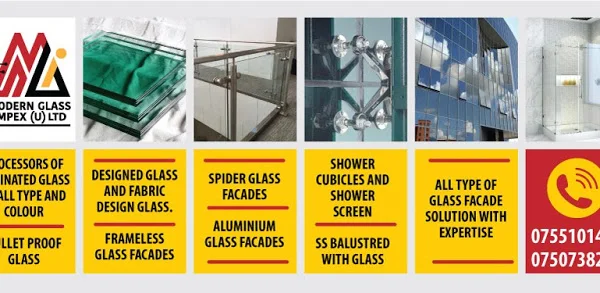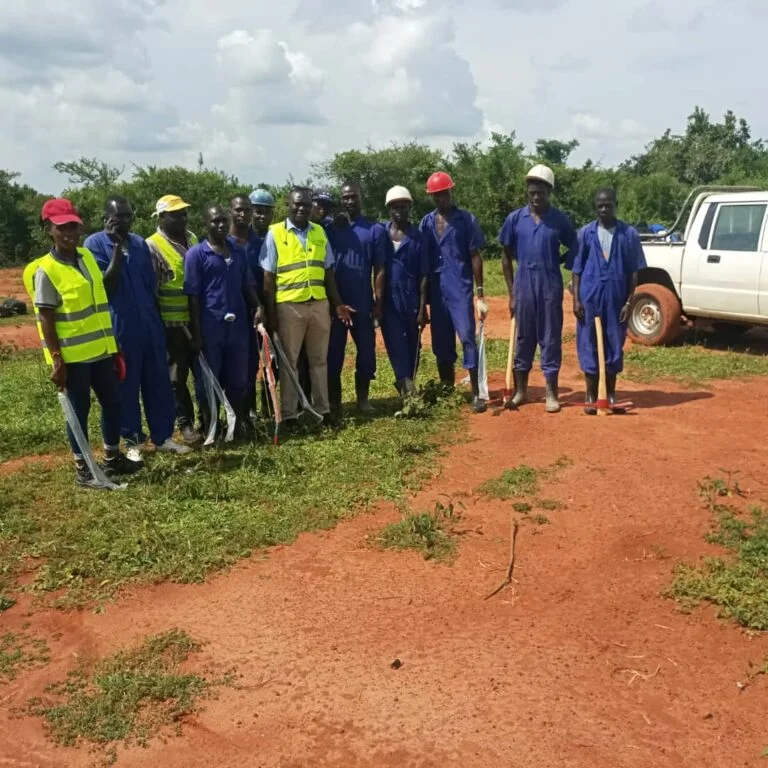Top 5 construction materials in Uganda
We are more than delighted to help you explore some of the best or widely used construction materials particularly in Uganda and the building industry. The goal here is to provide you with the right perspective as you make critical decisions.
We will briefly evaluate some of these construction materials factoring in their availability, strength and durability, pollution concerns, some satefty of use concerns, cost, etc.
1. Concrete
Concrete is among the important construction materials used extensively in Uganda building and construction industry, concrete is used as a composite material comprising mainly of cement, water and aggregate (gravel, sand or rock). When these materials are mixed together, they form a workable paste which then gradually hardens over time.
The Concrete strength is determined by the aggregate or cement used, and production method or the force required to crush it.

The strength can also be affected by many variables including moisture and temperature.
It’s also important to note that concrete has the ability to gain strength over time and to help conserve resources due to its capacity to remain a high-quality material with little to no need for reconstruction or maintenance.
This makes it one of the most durable construction materials in existence, it resists rotting, burning, and rusting, providing a stable and safe foundation for high-rise buildings. It has double the lifespan of other construction materials, such as wood, allowing for long-term applications
Ready-Made Concrete Companies in Uganda
iBM Ready-Mix Concrete Co. Ltd Uganda is a trusted supplier of quality ready mix concrete / premix-concrete to both the building and civil construction industries in Uganda-Kampala. READ MORE
Over the years, the Master Industries (U) Limited has adversely strengthened her clientele – basing on her proven high-Quality Concrete products. READ MORE
2. Cement
Cement is a binder, a substance used for construction that sets, hardens, and adheres to other materials to bind them together. Cement is seldom used on its own, but rather to bind sand and gravel together. Mortar is used to hold building materials such as brick or stone together. It is composed of a thick mixture of water, sand, and cement. The water is used to hydrate the cement and hold the mix together.
History of Cement
Throughout history, cementing materials have played a vital role in the construction industry and were used widely in the ancient world. The Egyptians used calcined gypsum as a cement and the Greeks and Romans used lime made by heating limestone and added sand to make mortar, with coarser stones for concrete. Romans found the fact that volcanic ash & tuff, when mixed with limestone, gives superior mortar which has a high quality. (The early signs of making concrete.) Since then, they started experimenting by adding different materials in the mix to increase the workability of mortar.

What is the best Cement for house construction?
Ordinary Portland Cement (OPC) 43 Grade Cement: It is used majorly for wall plastering works, Non-RCC structures, pathways etc. …
Ordinary Portland Cement (OPC), 53 Grade Cement: …
Portland Pozzolana Cement (PPC): …
Portland Slag Cement (PSC): …
White Cement:
Difference between OPC and PPC
Pozzolana construction materials such as fly ash, volcanic ash are added to OPC so that PPC is created. Hence PPC is just a variation of OPC. Both PPC and OPC cement are eco-friendly. PPC has low initial setting strength than OPC but it hardens over time with proper curing. While Pozzolanic Portland Cement(PPC) contains siliceous materials when added to concrete mixtures it potentially lower the mix cost without harming the performance characteristics.
In OPC cement there are 3 grades available and the strength of PPC matches OPC 33 after the process of curing.
Therefore, the only important distinction to note; OPC (m53) attains strength in a shorter time, while PPC (m43) takes longer. Faster is the drying process, more is the risk of cracking of cement, and therefore it needs more care and more amount of water for curing in lesser time. PPC, on the other hand, can attain strength equal to OPC but takes a longer time.

Which cement is best for the foundation?
It is a good building practice to make the correct choice of cement for the foundation setting. Good brands of cement may cost more but there is no substitute for quality, consistency and reliability.
Portland Pozzolana Cement (PPC) is the ideal cement to be used as it hydrates slowly and gives high final strength. The foundation carries the weight of the building and holds it above the ground. Therefore needs to be strong and durable.
The Portland cement was first manufactured by Joseph Aspdin who is a bricklayer and builder. He took the patent for Portland cement on 21st October 1824. Since then, continuous efforts were made on cement and found that changing chemical compositions in cement exhibit different characteristics and properties. With the high demand for cement, for widely varying conditions, the types of cement that could be made only by varying the relative proportions of the oxide compositions were not found to be sufficient.
Experiments have been taken to add new materials to the cement known as additives., at the time of grinding or by changing basic raw materials during the manufacture of cement. The use of additives, changing chemical composition and use of different raw materials have resulted in the availability of many types of cement.
Top 3 best cement in Uganda
Cement Production
As of March 2018, Uganda cement manufacturers had installed capacity of 6,800,000 tonnes of cement annually, with Tororo Cement Limited being responsible for 3.0 million tonnes (44 percent) and Hima Cement Limited producing 1.9 million tonnes (28 percent). Simba Cement Uganda Limited produces 1 million tonnes annually (15 percent). The remaining companies are responsible for the remaining 900,000 tonnes (13 percent).
By January 2018, Uganda’s consumption was estimated at 2.4 million tonnes annually; 35.3 percent of total annual production, although that percentage is on the rise, given the multitude of major, ongoing infrastructure projects in the county. The remaining output that is not consumed locally is marketed to regional neighboring countries, including Rwanda, Kenya, South Sudan and the eastern Democratic Republic of the Congo.
Hima Cement provides the widest range of high-quality cement products responding to our various customers’ needs. When you buy Hima Cement products you are buying assurance that your product has been made with expertise, knowledge, control, and consideration to your needs.
3. Glass
Glass is a hard substance which may be transparent or translucent and brittle in nature. It is manufactured by fusion process. It is widely used in the construction and building industry as insulation material, structural component, external glazing material, cladding material; it is used to make delicate-looking fenestrations on facades as well as conventional windows. It is typically used as transparent glazing material in construction, including windows in the external walls. Glass is also used for internal partitions and as an architectural feature.

We use Clear windows glass to cover small openings in a building. They provided humans with the ability to both let light into rooms while at the same time keeping inclement weather outside.
Benefits of using glass in construction
Glass has a smooth glossy surface, so it is dustproof and can be cleaned efficiently and easy to maintain. Another advantage is that it is waterproof. Thus, it is mostly preferred by people building in areas with dust and sand in the air.
What type of glass is used for buildings?
- Float glass
- Shatterproof glass
- Laminated glass
Color and availability
Glass is available in wide range of colours, and when we combine the glass sheet in laminated or insulated units, it changes in color and appearance.
Uganda Glass Industry
Future Development East Africa (Uganda) Ltd.
Besides door and window series products, Future Development East Africa (Uganda) Ltd. company also provides extensive customers with customized and processed service for various types of glass and mirror.

All type of Laminated glass and glass facade solution




Good article. I will be experiencing many of these issues as well.. Kate Hartley Gora